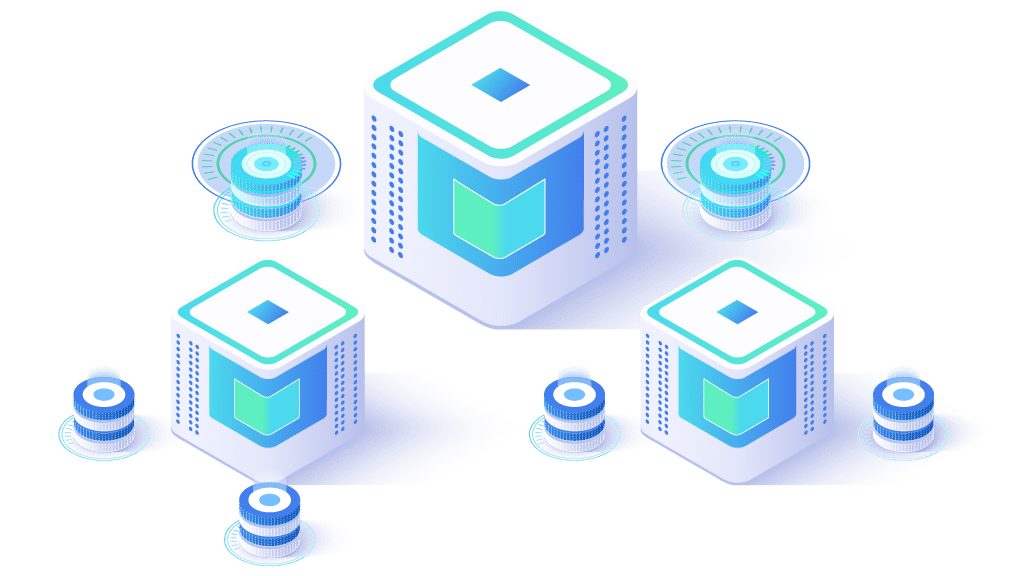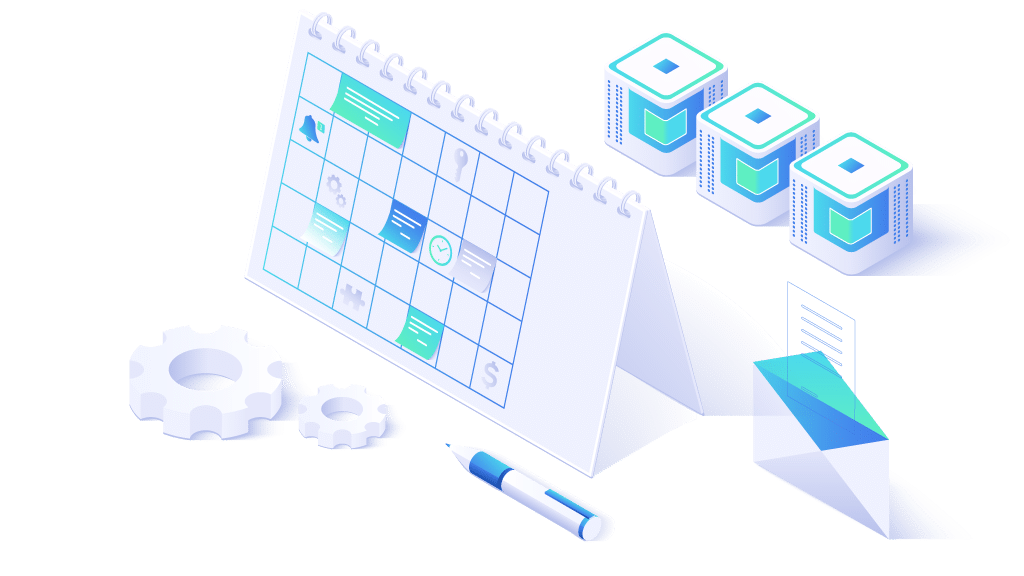Many companies require multiple Environments for their applications. For instance, when testing new features, it’s common practice to run the test on an isolated Environment, known as a Test Environment.
The number of Environments grow as the company grows and managing Test Environments effectively can become your competitive edge.
Applications Manage Our Environment.
How Do We Manage Application Environments?
Applications are a way of life. Want to meet a friend at a coffee shop? Uber a lift. Looking for the perfect late Valentine’s day gift? Shop online through Amazon. Lost in a new city? Google maps your way home. It’s simple, applications have taken over our lives, and they have a huge role to play in business.
The challenge is that applications don’t live in isolation. They oftentimes require several resources to run properly. They may require a webserver, an iOS device, memory, a web browser and internet access to run effectively. The total set of resources to run an application is called an Environment.
We have dedicated an entire blog post to effective Test Environment Management (TEM) because applications are a way of life.
In order to effectively manage a Test Environment, you need to cover 3 key aspects:
Mismanaging your Environments can cost you a lot of money. In this blog post we are going to unpack each in more detail. It’s time to take your Test Environment to new heights.
Know
Know Environments with Jira Environment Management

The business world is constantly adapting and evolving, which means your Environments will need to do the same. Every new application might need its own test and production Environment. Companies get stuck because they can’t see the forest for the trees. They obsess over the detail instead of understanding the entire environment and how the various cogs work together.
The first step to solving an issue is knowing where the issue resides. That’s why you have to KNOW all of your Environments and how they work together.
Learn how Release Dashboards will help you master your communication.
Learn how Release Dashboards will help you master your communication.
A good way to search, sort and group Environments is by using customizable dashboards. Seeing all the relevant information in one snapshot will give you confidence in making the right decision at the right time. It will help you to keep control of your complex Environments.
Best practice tip: have quick and easy access to all relevant information regarding your Environment. The relevant information you must know is:
Schedule
Schedule Environments Demands and Changes

We work in a very dynamic cosmopolitan-type business world, where multiple people have to co-exist and work together. If you want to avoid utilization conflicts and productivity loss, you need a good scheduling structure.
Scheduling is the process of arranging, controlling and optimizing workloads in a production process. Through effective scheduling you can allocate the right resources, for the right amount of time, in the right context to produce incredible results.
Best practice tip: We recommend that you schedule one of two key activities to keep your Environment manageable:
Orchestrate
Orchestrate Environment Changes using a Self-service

In this complex business world, what is simple is orchestrated. The required operations on your Environments must be smooth and ideally available in a "self-service" mode. A successful Environment requires extensive usage of automation and the DevOps philosophy.
Best practice tip: There are operations that should be easily, safely and rapidly performed on your Environments, such as:
Give your users the possibility to trigger these operations directly from Jira: build an Environment self-service.
Conclusion
In conclusion, a robust Test Environment Management (TEM) solution is crucial for maintaining a competitive edge in today's rapidly evolving market. Recognizing the challenges posed by inefficient environment management processes, we have developed Golive, an innovative Jira App designed to streamline and simplify TEM.
Golive delivers comprehensive visibility and control over your development environments, offering key advantages across three essential areas of successful TEM. Our satisfied customers have experienced substantial cost savings, enhanced scheduling capabilities, and centralized orchestration of their environments directly from Jira.
Embarking on the TEM journey with Apwide Golive is a strategic move that can revolutionize your organization's approach to software development. Don't delay — start reaping the benefits of an optimized TEM solution today!
Golive Jira App usage per use case
Transform your Test Environment Management with Apwide Golive:
Leading companies have already Golive as part of their DevOps toolchain:





Free trial / Free forever up to 10 Jira Cloud users!

This is an invaluable resource for anyone interested in this subject.
Valuable insights backed by actual examples; it can’t get better than that.